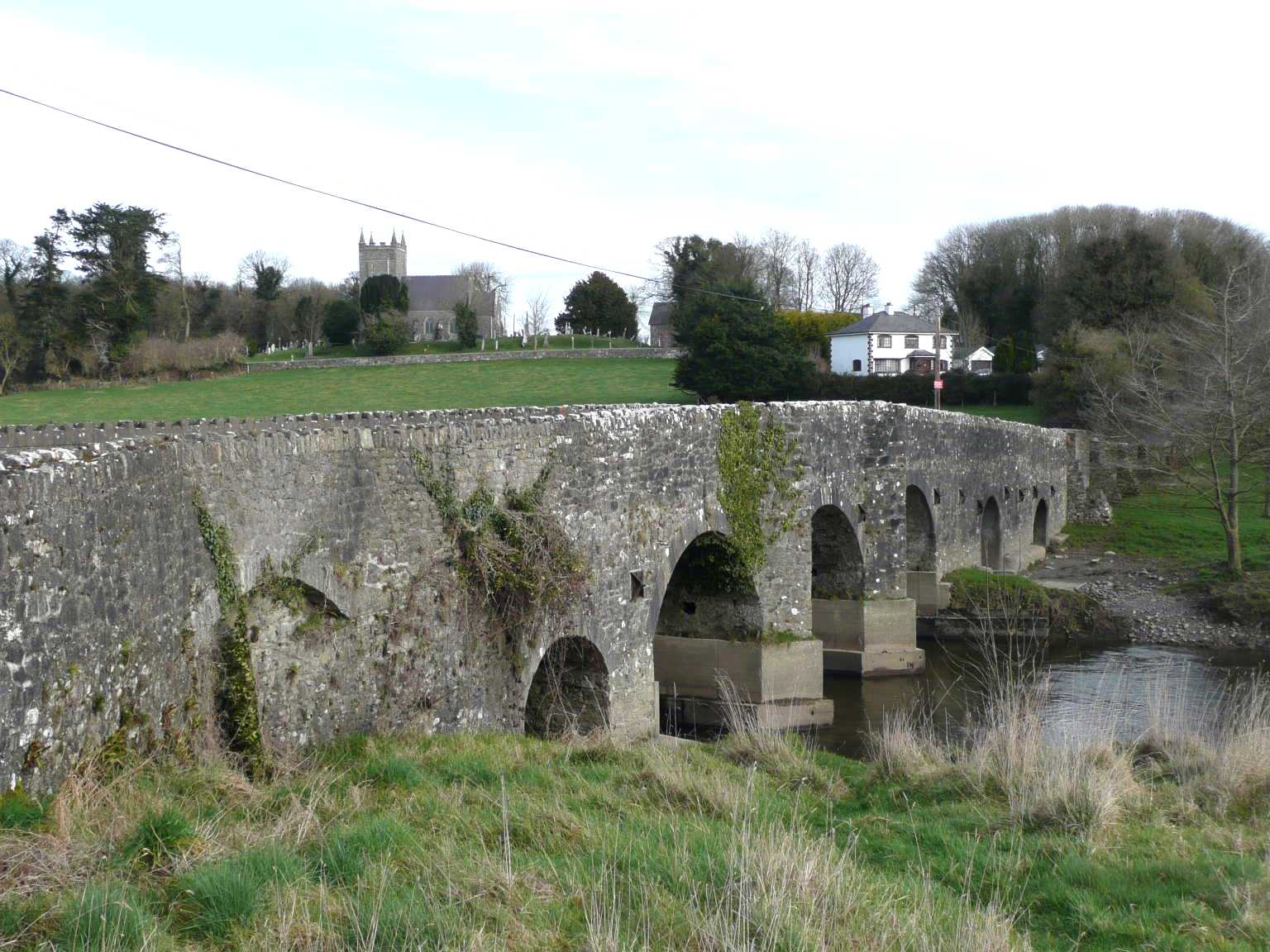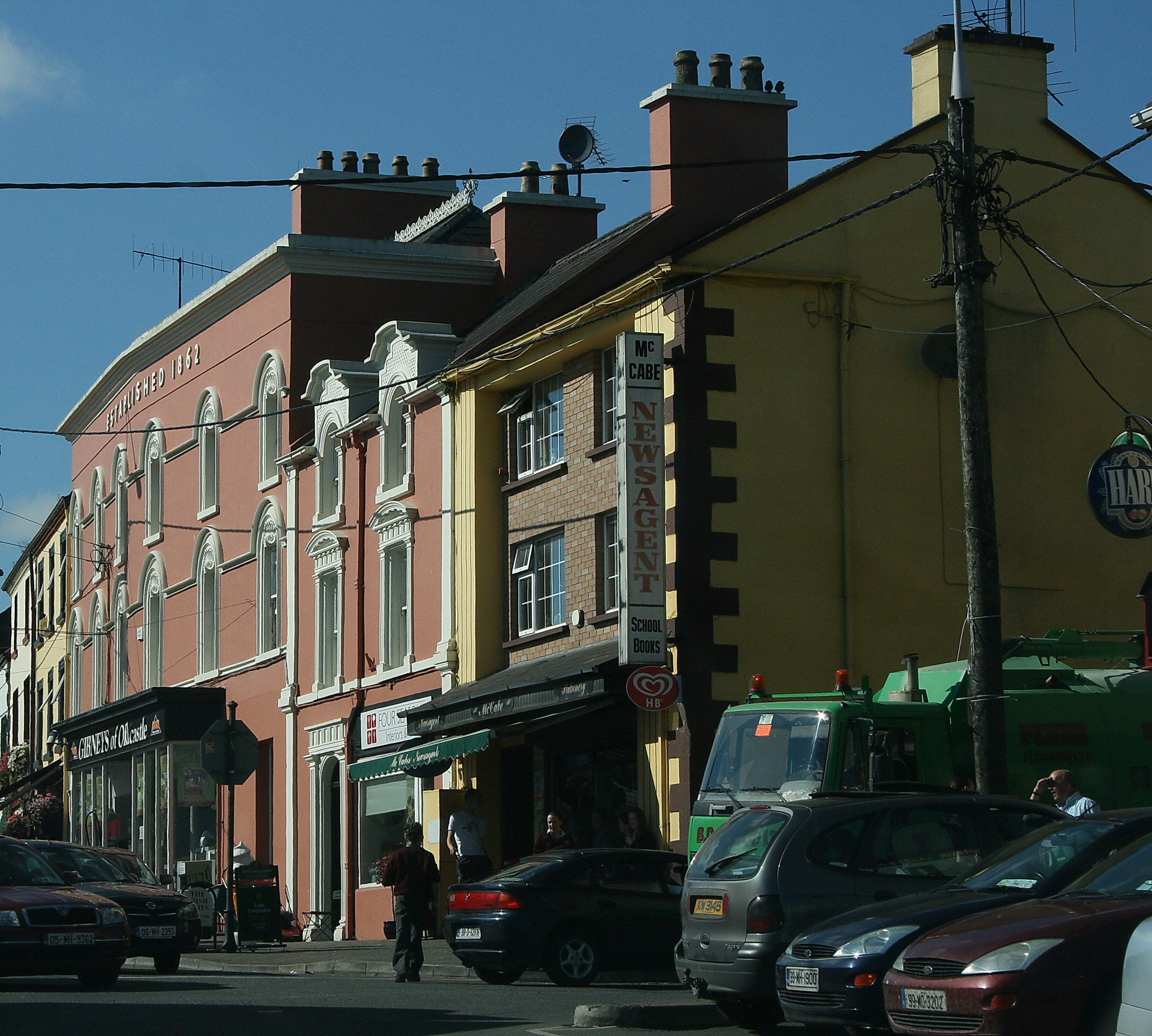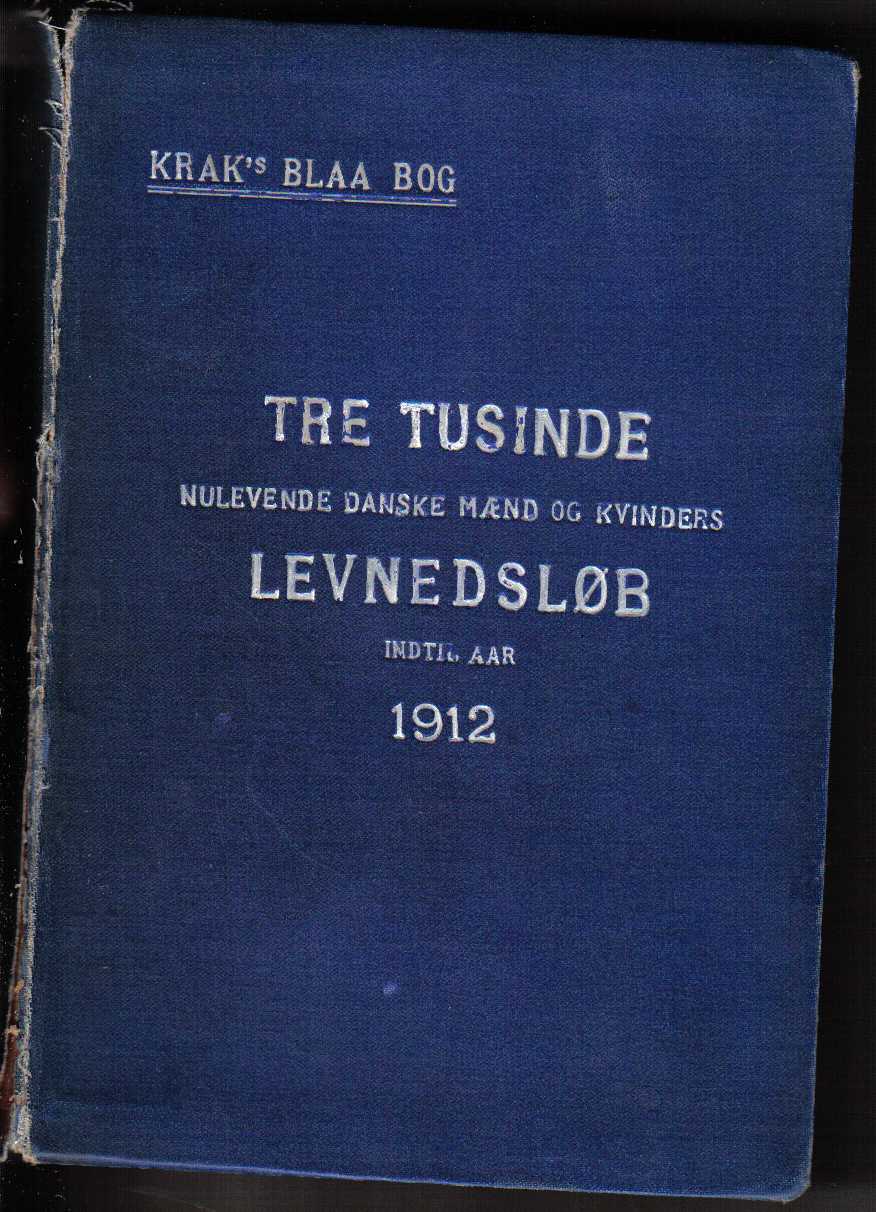|
James McCann (bishop)
James McCann (31 October 1897 – 19 July 1983) was a 20th-century Anglican Bishop. Born in Grantham on 31 October 1897 and educated at the Royal Belfast Academical Institution, Queen's University Belfast and Trinity College, Dublin (respondent 1926; B.D. 1935; Ph.D. 1944), he was ordained in 1920. He held curacies at Ballymena, Ballyclare, Cavan and Oldcastle. He was Rector of Donaghpatrick from 1930 to 1936 and of St Mary's, Drogheda, from 1936 to 1945. He was Bishop of Meath from 1945 to 1959, then Archbishop of Armagh and Primate of All Ireland The Primacy of Ireland belongs to the diocesan bishop of the Irish diocese with highest precedence. The Archbishop of Armagh is titled Primate of All Ireland and the Archbishop of Dublin Primate of Ireland, signifying that they are the senior ... from 1959 to 1969. He died on 19 July 1983. Notes {{DEFAULTSORT:McCann, James 1897 births 1983 deaths Burials in Oxfordshire People from Grantham People ed ... [...More Info...] [...Related Items...] OR: [Wikipedia] [Google] [Baidu] |
Bishop
A bishop is an ordained member of the clergy who is entrusted with a position of Episcopal polity, authority and oversight in a religious institution. In Christianity, bishops are normally responsible for the governance and administration of dioceses. The role or office of the bishop is called episcopacy or the episcopate. Organisationally, several Christian denominations utilise ecclesiastical structures that call for the position of bishops, while other denominations have dispensed with this office, seeing it as a symbol of power. Bishops have also exercised political authority within their dioceses. Traditionally, bishops claim apostolic succession, a direct historical lineage dating back to the original Twelve Apostles or Saint Paul. The bishops are by doctrine understood as those who possess the full Priest#Christianity, priesthood given by Jesus in Christianity, Jesus Christ, and therefore may ordain other clergy, including other bishops. A person ordained as a deacon, pri ... [...More Info...] [...Related Items...] OR: [Wikipedia] [Google] [Baidu] |
Anglican
Anglicanism, also known as Episcopalianism in some countries, is a Western Christianity, Western Christian tradition which developed from the practices, liturgy, and identity of the Church of England following the English Reformation, in the context of the Protestant Reformation in Europe. It is one of the largest branches of Christianity, with around 110 million adherents worldwide . Most are members of national or regional Ecclesiastical province#Anglican Communion, ecclesiastical provinces of the international Anglican Communion, one of the largest Christian bodies in the world, and the world's third-largest Christian communion. When united and uniting churches, united churches in the Anglican Communion and the breakaway Continuing Anglican movement were not counted, there were an estimated 97.4 million Anglicans worldwide in 2020. Adherents of Anglicanism are called ''Anglicans''; they are also called ''Episcopalians'' in some countries. The provinces within the Anglican ... [...More Info...] [...Related Items...] OR: [Wikipedia] [Google] [Baidu] |
Donaghpatrick
Donaghpatrick () is a village and townland in County Meath, Ireland. It lies approximately 5 km northwest of Navan off the R147 regional road between Navan and Kells on the northern bank of the River Blackwater. The Irish language name of the townland, ''Domhnach Phádraig'', means "the church of Patrick". The local Church of Ireland church, dedicated to Saint Patrick, was built in 1896 close to the site of a much earlier church, and incorporating parts of a medieval tower house. The village is in a civil parish of the same name. The Cruys family from County Dublin owned the manor in medieval times. The inquisition taken after the death of Sir John Cruys Sir John Cruys or Cruise (died 1407) was a prominent Irish military commander, diplomat and judge of the late fourteenth and early fifteenth centuries. He was one of the most substantial landowners in County Dublin and County Meath and built Mer ... of Merrion Castle in 1407 lists Donaghpatrick as one of his estates ... [...More Info...] [...Related Items...] OR: [Wikipedia] [Google] [Baidu] |
Rector (ecclesiastical)
A rector is, in an ecclesiastical sense, a cleric who functions as an administrative leader in some Christian denominations. In contrast, a vicar is also a cleric but functions as an assistant and representative of an administrative leader. Ancient usage In ancient times bishops, as rulers of cities and provinces, especially in the Papal States, were called rectors, as were administrators of the patrimony of the Church (e.g. '). The Latin term ' was used by Pope Gregory I in '' Regula Pastoralis'' as equivalent to the Latin term ' (shepherd). Roman Catholic Church In the Roman Catholic Church, a rector is a person who holds the ''office'' of presiding over an ecclesiastical institution. The institution may be a particular building—such as a church (called his rectory church) or shrine—or it may be an organization, such as a parish, a mission or quasi-parish, a seminary or house of studies, a university, a hospital, or a community of clerics or religious. ... [...More Info...] [...Related Items...] OR: [Wikipedia] [Google] [Baidu] |
Oldcastle, County Meath
Oldcastle () is a town in County Meath, Republic of Ireland, Ireland. It is located in the northwest of the county near the border with County Cavan, Cavan, approximately 13 miles (21 km) from Kells, County Meath, Kells. The R154 road, R154 and R195 road, R195 Regional road (Ireland), regional roads cross in the town's market square. The town is in a townland and Civil parishes in Ireland, civil parish of the same name. As of the 2022 census of Ireland, 2022 census the town's population stood at 1,409, a growth rate of more than 70% since the 1996 census (which recorded a population of 826 inhabitants). History The area was the birthplace of St Oliver Plunkett, the last Irish Catholic martyr to die in England. Oldcastle is the 18th-century creation of the Naper family, who had received parts of the Plunkett estate following the Cromwellian wars. St. Oliver Plunkett, who served as Archbishop of Armagh (Roman Catholic), Lord Archbishop of Armagh in the seventeenth century, ... [...More Info...] [...Related Items...] OR: [Wikipedia] [Google] [Baidu] |
Cavan
Cavan ( ; ) is the county town of County Cavan in Republic of Ireland, Ireland. The town lies in Ulster, near the border with County Fermanagh in Northern Ireland. The town is bypassed by the main N3 road (Ireland), N3 road that links Dublin (to the south) with Enniskillen, Ballyshannon and Donegal Town (to the north). History Gaelic Cavan 1300–1607 Cavan was founded by the Chief of the Name, Irish clan chief and Lord of East Breifne, Giolla Íosa Ruadh O’Reilly, between 1300 and his death in 1330. During his lordship, a Priory, friary run by the Dominican Order was established close to the O’Reilly stronghold at Tullymongan and was at the centre of the settlement close to a crossing over the river and to the town's marketplace. It is recorded that the (Cavan) Dominicans were expelled in 1393, replaced by an Order of Conventual Franciscan friars. The friary's location is marked by an eighteenth-century tower in the graveyard at Abbey Street which appears to incorporate ... [...More Info...] [...Related Items...] OR: [Wikipedia] [Google] [Baidu] |
Ballyclare
Ballyclare () is a small town in County Antrim, Northern Ireland. It had a population of 10,850 according to the 2021 United Kingdom census, 2021 census, and is located within the Antrim and Newtownabbey Borough Council area. It is part of, and the principal settlement in the Ballyclare (District Electoral Area), Ballyclare District Electoral Area. It sits on the river Six Mile Water. The town probably owes its origins to its being a crossing point of the river, the strategic importance of which is shown by existence of a small Norman motte on the south side of the river and presently located in the War Memorial Park. The broad main street dates from the 17th century. In the centre of the town is the Market Square with the Town Hall. The town grew in the 19th century with the coming of the railway and it became an important industrial town with a large paper mill in the South West of the town and a large Linen Bleach Green. These factories gave their names to the roads leading to ... [...More Info...] [...Related Items...] OR: [Wikipedia] [Google] [Baidu] |
Ballymena
Ballymena ( ; from , meaning 'the middle townland') is a town in County Antrim, Northern Ireland. It had a population of 31,205 people at the 2021 United Kingdom census, making it the List of localities in Northern Ireland by population, seventh largest town in Northern Ireland by population. It is part of the Borough of Mid and East Antrim. The town was built on the Braid River, on land given to the Adair family by Charles I of England, King Charles I in 1626, with a right to hold two annual fairs and a Saturday market in perpetuity. Surrounding villages are Cullybackey, Ahoghill, Broughshane, and Kells, County Antrim, Kells-Connor. History Early history The recorded history of the Ballymena area dates to the Early Christian Ireland, Early Christian period, from the fifth to the seventh centuries. Ringforts are found in the townland of Ballykeel, and a site known as Camphill Fort in the townland of Ballee may also have been of this type. There are a number of souterrains with ... [...More Info...] [...Related Items...] OR: [Wikipedia] [Google] [Baidu] |
Ordained
Ordination is the process by which individuals are Consecration in Christianity, consecrated, that is, set apart and elevated from the laity class to the clergy, who are thus then authorized (usually by the religious denomination, denominational hierarchy composed of other clergy) to perform various religious rites and ceremonies. The process and ceremonies of ordination vary by religion and denomination. One who is in preparation for, or who is undergoing the process of ordination is sometimes called an ordinand. The liturgy used at an ordination is commonly found in a book known as an Order of Mass, Ordinal which provides the ordo (ritual and rubrics) for celebrations. Christianity Catholic, Orthodox, Lutheran and Anglican churches In Catholicism and Orthodoxy, ordination is one of the seven sacraments, variously called holy orders or ''Christian laying on of hands, cheirotonia'' ("Laying on of Hands"). Apostolic succession is considered an essential and necessary concept ... [...More Info...] [...Related Items...] OR: [Wikipedia] [Google] [Baidu] |
A & C Black
A & C Black is a British book publishing company, owned since 2002 by Bloomsbury Publishing. The company is noted for publishing ''Who's Who'' since 1849 and the ''Encyclopædia Britannica'' between 1827 and 1903. It offers a wide variety of books in fiction and nonfiction, and has published popular travel guides, novels, and science books. History The firm was founded in 1807 by Charles and Adam Black in Edinburgh. In 1851, the company purchased the copyrights to Sir Walter Scott's ''Waverly'' novels for £27,000. The company moved to the Soho district of London in 1889. During the years 1827–1903 the firm published the seventh, eighth and ninth editions of the ''Encyclopædia Britannica''. This was purchased from Archibald Constable after his company's failure to publish the seventh edition of the encyclopedia. Adam Black retired in 1870 due to his disapproval of his sons' extravagant plans for its ninth edition. This edition, however, would sell half a million sets and w ... [...More Info...] [...Related Items...] OR: [Wikipedia] [Google] [Baidu] |
Who's Who
A Who's Who (or Who Is Who) is a reference work consisting of biographical entries of notable people in a particular field. The oldest and best-known is the annual publication ''Who's Who (UK), Who's Who'', a reference work on contemporary prominent people in Britain published annually since 1849. Notable examples by country * ''Who's Who (UK), Who's Who'', the oldest listing of prominent British people since 1849; people who have died since 1897 are listed in ''Who Was Who'' * ''Cambridge Who's Who'' (also known as ''Worldwide Who's Who''), a vanity publisher based in Uniondale, New York * ''Marquis Who's Who'', a series of books published since 1899 by Marquis, primarily listing prominent American people, but including ''Who's Who in the World'' * ''Who's Who in New Zealand'', twelve editions published at irregular intervals between 1908 and 1991 * ''Canadian Who's Who'', a listing of prominent Canadians since 1910 * ''Who's Who in Switzerland'', published from 1953 to 1996 and ... [...More Info...] [...Related Items...] OR: [Wikipedia] [Google] [Baidu] |
Trinity College, Dublin
Trinity College Dublin (), officially titled The College of the Holy and Undivided Trinity of Queen Elizabeth near Dublin, and legally incorporated as Trinity College, the University of Dublin (TCD), is the sole constituent college of the University of Dublin in the Republic of Ireland. Founded by Queen Elizabeth I in 1592 through a royal charter, it is one of the extant seven " ancient universities" of Great Britain and Ireland. Trinity contributed to Irish literature during the Georgian and Victorian eras, and areas of the natural sciences and medicine. Trinity was established to consolidate the rule of the Tudor monarchy in Ireland, with Provost Adam Loftus christening it after Trinity College, Cambridge. Built on the site of the former Priory of All Hallows demolished by King Henry VIII, it was the Protestant university of the Ascendancy ruling elite for over two centuries, and was therefore associated with social elitism for most of its history. Trinity has three ... [...More Info...] [...Related Items...] OR: [Wikipedia] [Google] [Baidu] |









